The Russian Philosopher Who Sought Immortality in the Cosmos
To create the Kingdom of Heaven, simply reanimate the space-strewn molecules of your ancestors.

The elderly librarian was a staple at the Rumyantsev Museum and public library in pre-Revolutionary Moscow. With a long white beard growing from his weathered face, he looked almost as old as the ancient artworks and tomes that he shuffled about each day. He was a quiet, humble, and deeply pious man who spoke softly. His demeanor was so unobtrusive that he appeared to seamlessly blend into the Rumyantsev’s austere neoclassical architecture. But like the books he dedicated his life to tending, this man was a silent wealth of knowledge, full of groundbreaking ideas that would influence scientists, philosophers, and writers for years to come.
This librarian’s name was Nikolai Fedorov. He lived from 1829 to 1903 and was one of the most ambitious and quietly influential thinkers in Russian history. His philosophy, which is classified today as “Russian cosmism,” explores ideas of space travel and scientifically-engineered immortality through the lens of Christian mysticism. Though his writings were repressed by Stalin in the 1930s, Federov was highly influential to the Russian space program. One of his students was the astrophysicist Konstantin Tsiolkovsky, who is widely considered to be the father of spaceflight for the groundbreaking equations he developed.


Federov was the illegitimate child of a prince and a noblewoman. Fedorov, his mother, and his siblings were forced out of his family home after his father’s death when Nikolai was only four. In spite of this embarrassment, the family remained relatively wealthy. In 1868, he became the librarian at the Rumyantsev Museum, the first public museum and library in Russia, where he worked for 25 years. It was during this period that he became the teacher and mentor of Tsiolkovsky. His works were compiled and published posthumously in 1903 under the name The Philosophy of the Common Task. Fedorov never copyrighted his works and insisted that they should be available to the public free of charge.
Fedorov’s insistence that his philosophy be highly accessible to all perhaps owed to the fact that it proposed nothing short of a new phase of human evolution. As a devout member of the Russian Orthodox Church, Fedorov was dismayed by what he saw as a rampant lack of love and compassion amongst human beings. While good will towards man is a familiar and central tenet of Christianity, Fedorov found its focus only on the living to be exclusionary. His proposed cures for the lack of love he saw between the living and the dead were ambitious to say the least: immortality and resurrection.

Using science, art, and technology, Fedorov believed that humanity’s primary goal should be to create the Kingdom of Heaven. He, unlike most Christians who equate this concept with the movement of the disembodied soul to the afterlife, saw the acceptance of death as false Christianity and believed that it was every human being’s duty to work towards abolishing death. “Death is merely the result or manifestation of our infantilism […]” he wrote in The Philosophy of the Common Task. “People are still minors, half-beings whereas the fullness of personal existence, personal perfection is possible.”
On top of being a daring religious philosopher, Fedorov was also an avid and highly capable student of the sciences. His propositions for a death cure were shockingly prescient, though they seemed outlandish during his lifetime. To fix what he believed was the innate “flaw” of decay, Fedorov proposed replacing human body parts with artificial organs when needed. Today, the practice of using artificial organs, including hearts, eyes, lungs, livers, and more, is fairly commonplace and an area of intense focus for contemporary Transhumanists, who support life extension via machine augmentation. In fact, theorists such as Ray Kurzweil, author of 1999 book The Age of Spiritual Machines, propose replacing the entire body with a technological host by uploading the brain to a computer.
For Fedorov, the quest for immortality required all of humanity to unite against the universal enemy of death. He was convinced that immortality would act as a panacea for all of humanity’s greatest struggles, including war, poverty, and disease.
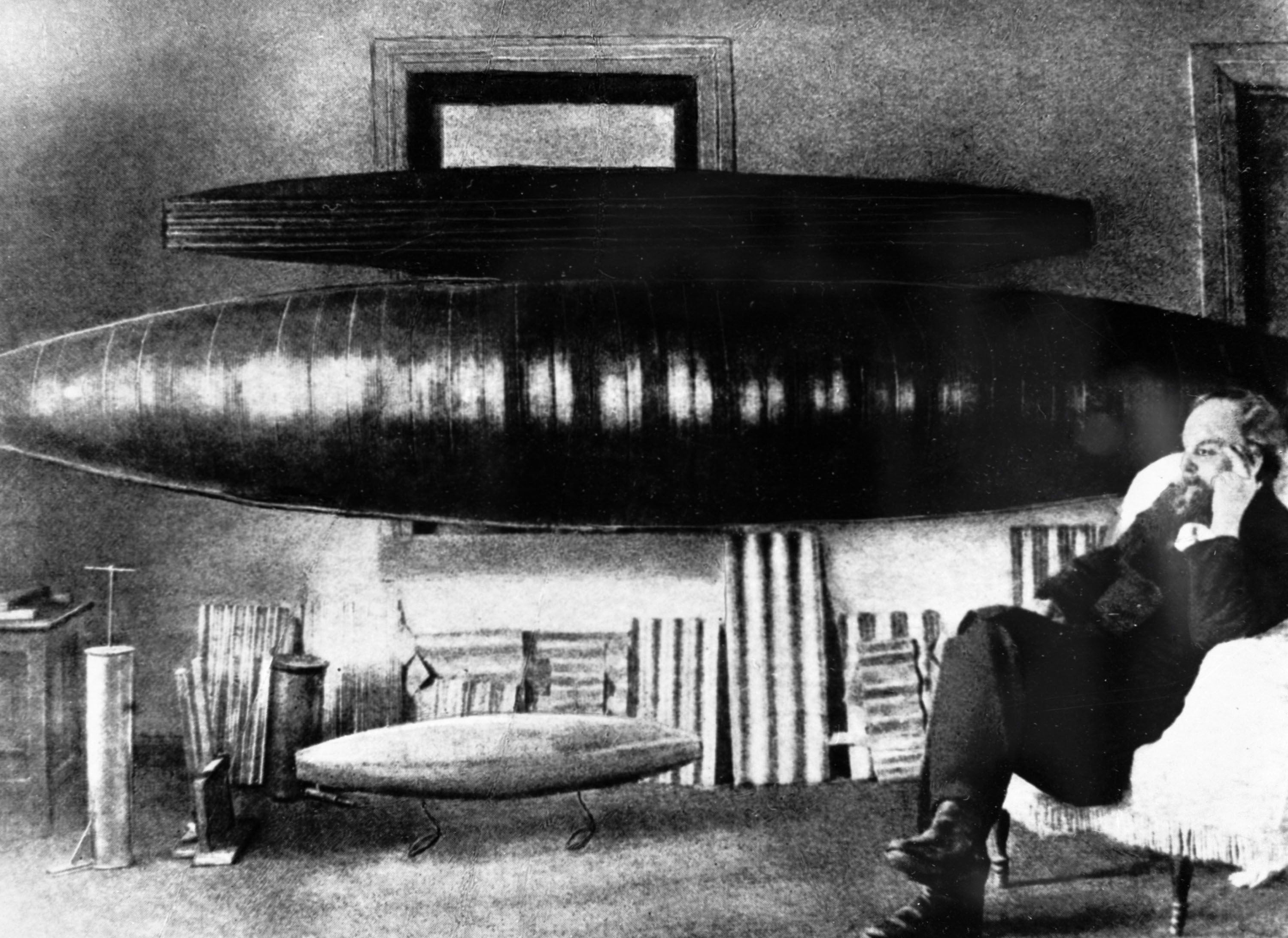
But The Philosophy of the Common Task stipulates that immortality for the living is impossible without the resurrection of the dead. In order to accomplish this, Fedorov proposed that humanity should assemble expeditions to fly out into the cosmos in search of particles belonging to their long-dead ancestors. He also suggested that dead tissue, specifically the tissue of the deceased ancestors, could be used to somehow revive them, effectively arriving at the idea of cloning without having any knowledge of DNA structure.
In order to make room for all the billions of resurrected dead and immortals, Fedorov envisioned the human race colonizing the galaxy, making homes for the returned on larger planets such as Jupiter. This idea clearly influenced Tsiolkovsky, who was a lifelong supporter of space exploration and colonization, believing that it would lead to “the perfection of the human race.”
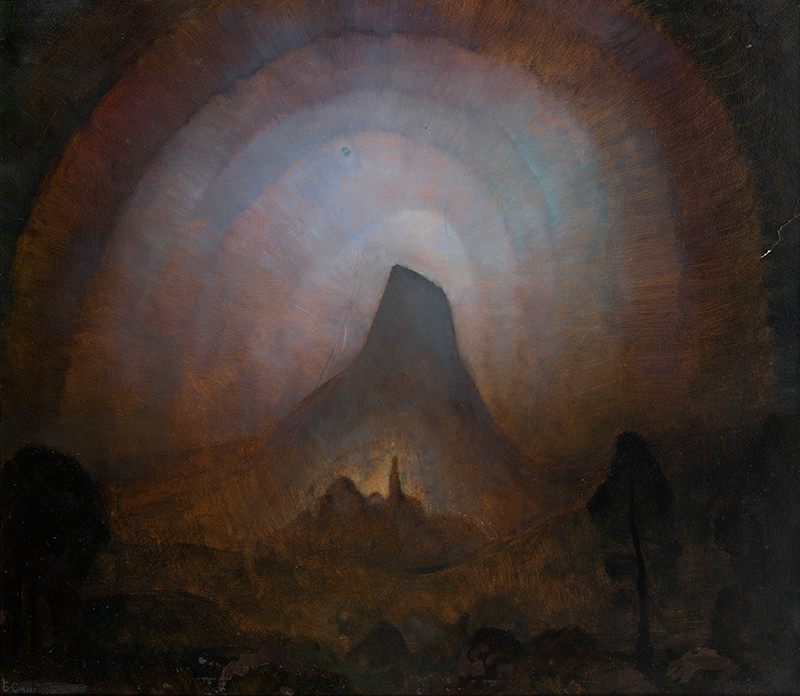
The sweeping beauty of Fedorov’s ideas inspired early Soviet artists and writers. The paintings of the Amaravella Collective, Aleksei Tolstoi’s science fiction novels, and Iakov Protazanov’a film Aelita, for example, all fused space exploration with mysticism.
“[Fedorov’s] quasi-mystical ideas were in some ways deeply embedded in many of [Tsiolkovsky’s] more scientific and technical writings from the 1910s, 1920s, and 1930s,” explains Dr. Asif Siddiqi, author of The Red Rockets’ Glare: Spaceflight and the Russian Imagination, 1857-1957. “Because Tsiolkovsky’s influence was monumental in the establishment of the Soviet space program, one can say that Russian cosmism was also an important part of the puzzle of the history of Russian space.”
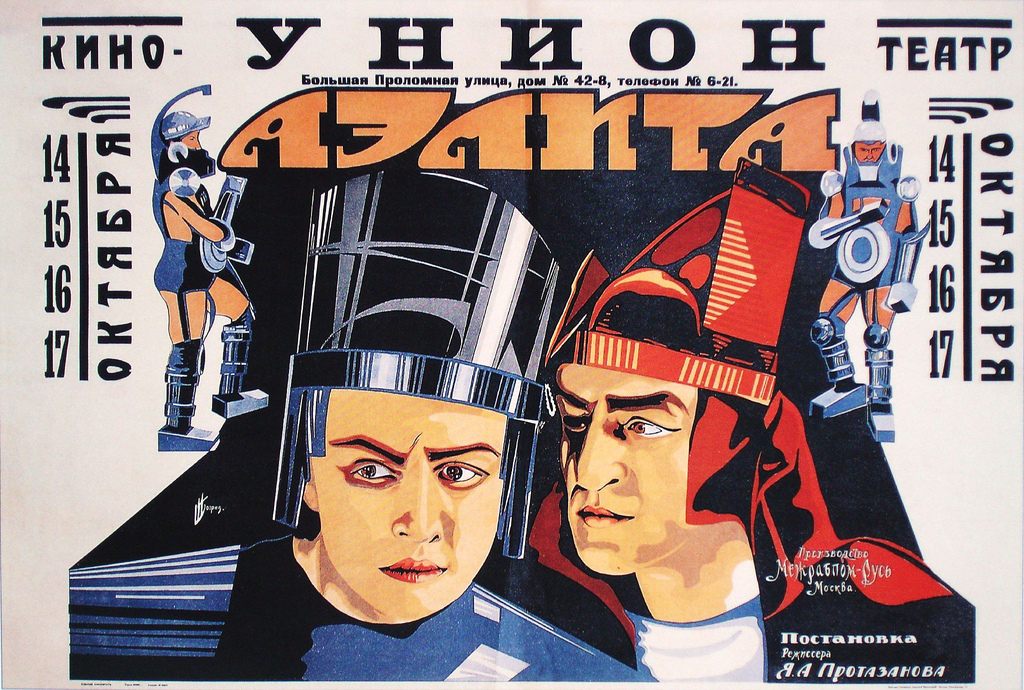
Today, Fedorov’s ideas continue to influence philosophers, scientists, and historians the world over, particularly in the field of Transhumanism. Both Federov and the Transhumanists believe that it is humanity’s destiny to defeat death, becoming immortal either by bioengineering or technology.
Many Transhumanists find Fedorov’s spiritual approach to life extension and space exploration deeply inspiring. Take for example Giulio Prisco, founder of the Turing Church, a “meta-religion” dedicating to finding the intersection between spiritual beliefs, science, and technology. “In particular, cosmism is open to the possibility that future science and technology might be able to resurrect the dead from the past, and to the idea that our universe might be, for want of a better word, a simulation,” says Prisco. “These ideas are, like it or not, both compatible with science and totally indistinguishable from religion. Many Transhumanists, who tried to kick religion out through the back door of superstition, are now finding that religion is coming back to them through the main door of science.”

Cosmism’s popularity in the early decades of the Soviet Union was crushed under Stalin’s regime. On top of their spiritual approach to science and technology, which ran directly counter to Stalin’s atheistic vision of Soviet Russia, many cosmists were publically supportive of his rival Leon Trotsky. As a result, the vast majority of Cosmists were jailed, sent to labor camps, silenced, or executed after Stalin’s victory. By the early 1960s, when the Soviet space program was in full swing and cosmonauts were lauded as national heroes, it seemed that cosmism’s mystical influence on space exploration had been forgotten entirely. For example, one of the first cosmonauts, Gherman Titov, famously proclaimed during a visit to the United States that “no God helped build our rocket,” adding that during his 17 orbits of Earth he had seen “no God or angels.”
But in spite of its suppression, cosmism lived on thanks to a few dedicated adherents who were able to save Fedorov’s writings, which finally emerged from Russia after the fall of the Soviet Union. Transhumanism’s revisitation of Fedorov’s work poetically speaks to his philosophy, mentally reviving him from the dead through a camaraderie that crosses several lifetimes.



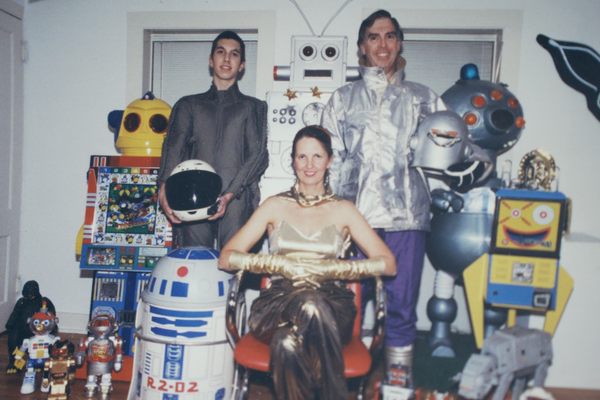


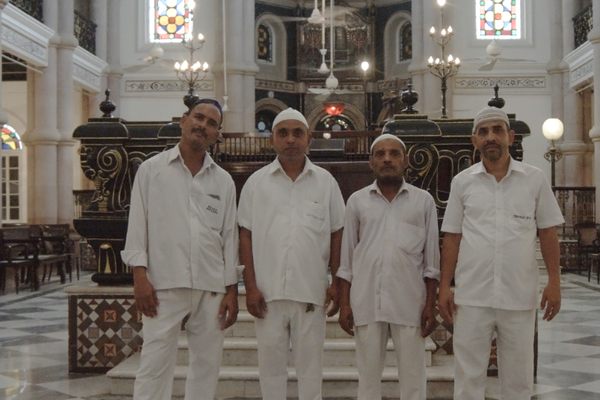





Follow us on Twitter to get the latest on the world's hidden wonders.
Like us on Facebook to get the latest on the world's hidden wonders.
Follow us on Twitter Like us on Facebook